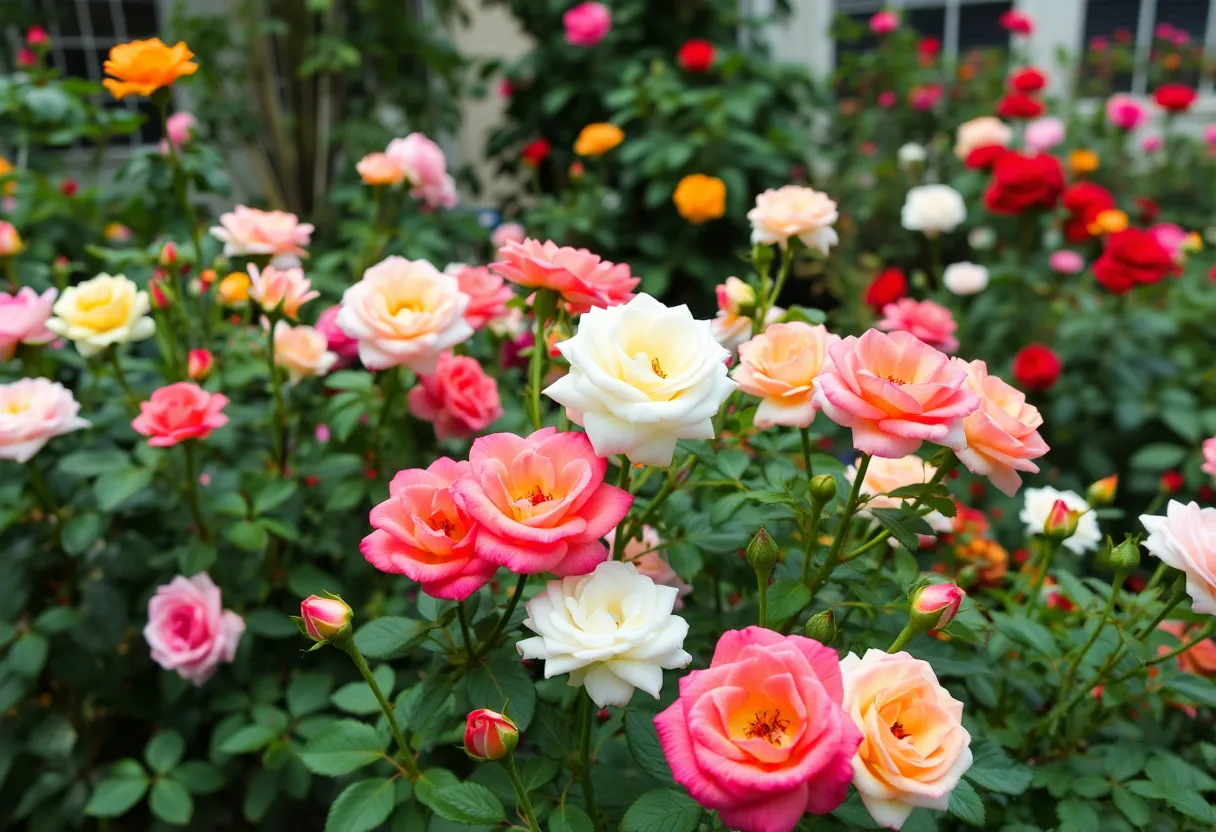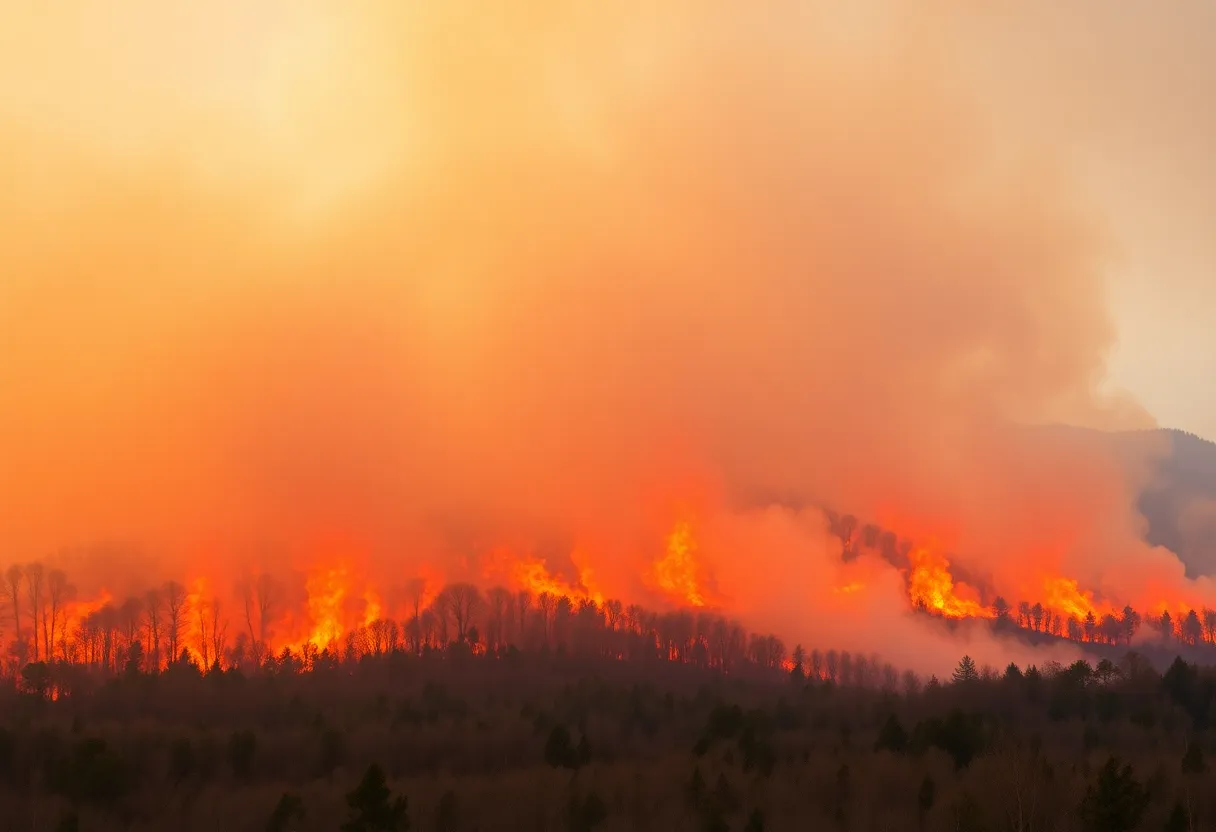News Summary
Explore the remarkable story of John Champneys, a pivotal figure in Charleston’s horticultural history. Known for creating America’s first blooming rose, the ‘Champney’s Pink Cluster’, his dedication and innovation in hybridizing roses continue to inspire gardeners today. Despite facing historical overshadowing by others, his legacy and contributions to the creation of the Noisette roses resonate remarkably in the world of gardening.
Charleston’s Floral Legacy: Honoring John Champneys, the Unsung Hero of Roses
Welcome to the charming city of Charleston, South Carolina, where history and beauty bloom in harmony! Today, let’s dive into a fascinating story that revolves around a remarkable gardener from the late 18th century, named John Champneys. He played a significant role in the creation of what is known today as America’s first ever-blooming rose, known as the ‘Champney’s Pink Cluster’.
A Gardener with Vision
Born in 1743, John Champneys was no ordinary man. After returning to Charleston in 1790, following his exile due to Loyalist beliefs during the American Revolution, he devoted himself to the craft of horticulture. By developing a stunning 10-acre pleasure garden and nursery in Rantowles, he started crafting his hybrid roses. Imagine walking through a garden, a sea of colors, where every bloom tells its own story!
What makes Champneys’ work stand out is his hybridization technique that blended the Musk and Old Blush roses to create his most famous contribution to horticulture, the ‘Champney’s Pink Cluster’. This rose was celebrated not just for its beauty but also for its ability to bloom continuously, paving the way for modern continual blooming roses.
A Blooming Mystery
There have been debates over the true origins of the roses synonymous with the name Noisette. Philippe Stanislas Noisette, a Frenchman born in 1793, was a contemporary of Champneys and took an active role in rose history as well. Historians are still puzzled as to whether Noisette supplied the base roses that Champneys hybridized, or if Champneys had a different source altogether for his genetic material.
During his tenure in Charleston, Noisette was hired as the overseer of the newly established Botanical Gardens. While nurturing his plants on Rutledge Avenue, he may have unknowingly laid the groundwork for what would flourish as a popular rose category, the Noisette roses.
Bridging Continents with Roses
In 1814, Champneys sent hybridized roses back to his brother Louis Claude in France. This act not only introduced his roses to another continent but also helped popularize the Noisette roses across Europe. The fame of these beautiful blooms further skyrocketed when the renowned artist Pierre-Joseph Redouté portrayed them in his botanical illustrations.
Despite Noisette passing away on April 7, 1835, the roses named in his honor linger as elegant tributes to both his and Champneys’ efforts. It’s fascinating to think how a flower can carry such historical significance!
The Underrated Legacy
As time went on, the contributions of John Champneys were overshadowed by the Noisette name. However, the lineage of his work is preserved today by a family farming on the same land where he cultivated these roses. They advocate for recognizing Champneys’ rightful place in horticultural history and emphasize how essential it is to acknowledge the origins of these plants.
It’s noteworthy that Champneys’ labor practices included the use of enslaved workers, a part of history that must not be overlooked. As descendants of the current farming family work to correct the historical narrative, they shine a light on Champneys as the true originator of these magnificent flowers.
Enduring Popularity
Whether classified under the Noisette rose group or celebrated as its mother, the ‘Champneys Pink Cluster’ continues to warm the hearts of gardeners and history enthusiasts alike. The Noisette rose significantly promoted the home gardening trend in both the U.S. and Europe, resulting in countless varieties sprouting from that initial hybridization.
In Charleston today, one can witness nearly year-round blooms of Noisette roses, a living testament to their resilience and appeal in gardens and landscapes. Isn’t it fantastic how the beauty of flowers can bind us to our history, nurturing a connection across generations?
So, next time you see a blooming rose, take a moment to appreciate the vibrant legacy of John Champneys, the unsung hero who made it all possible!
Deeper Dive: News & Info About This Topic
HERE Resources
Additional Resources
- Garden & Gun: Southern Garden Roses
- Wikipedia: Rose
- Southern Living: Types of Roses
- Google Search: Champney’s Pink Cluster
- Post and Courier: Gardener of a Famous Charleston Rose
- Encyclopedia Britannica: Rose







